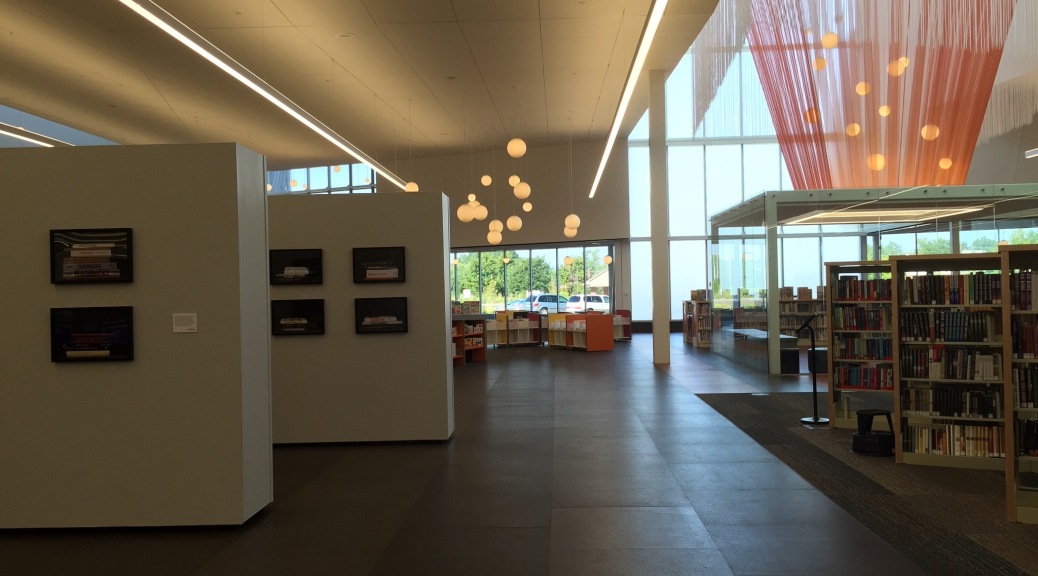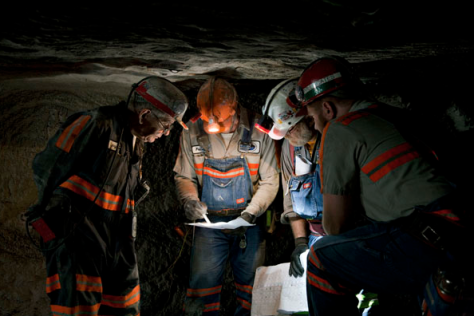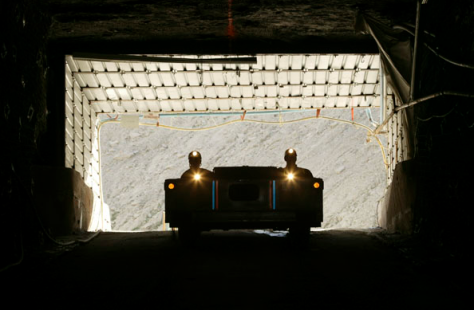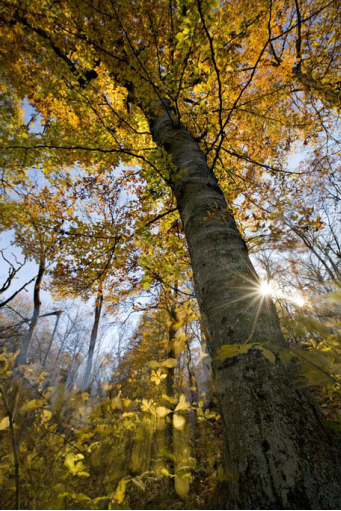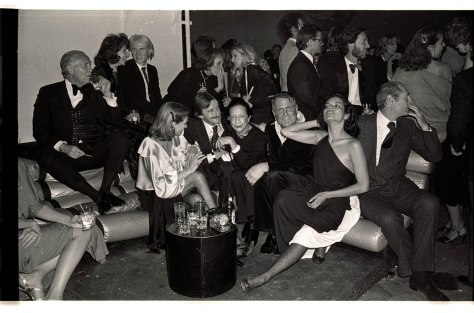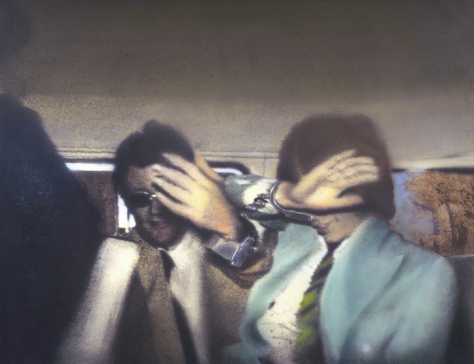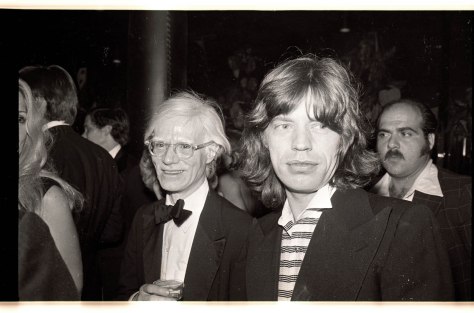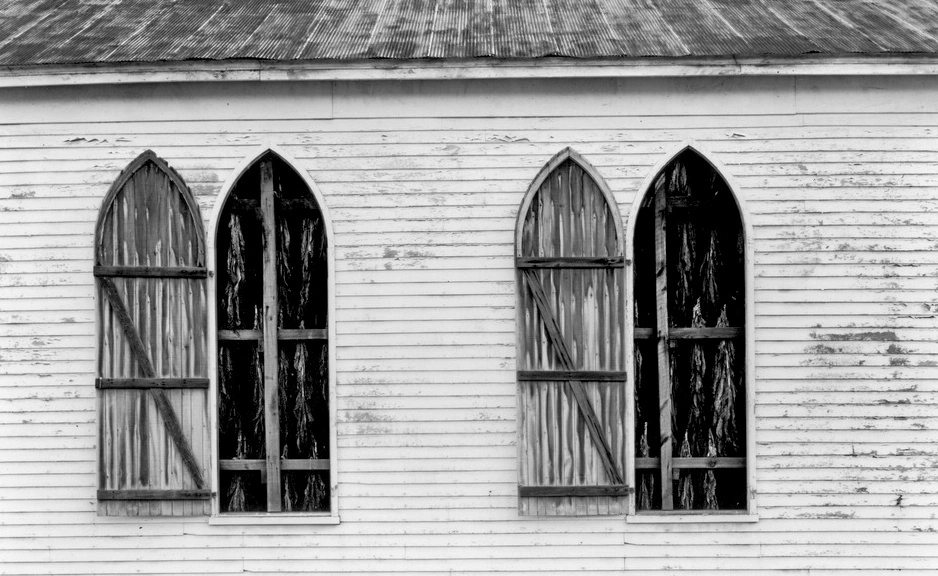Text as Material: Nina Katchadourian’s “Sorted Books”

On September 19, 2015 the museum opened a special KMAC In The Community exhibition featuring Nina Katchadourian’s Kansas Cut-Up from her ongoing “Sorted Books” project. The exhibition is located in the newly designed 40,000 square foot award-winning Southwest Regional Library building that directly serves the Shively, Pleasure Ridge Park and Valley Station areas. It is the first of three new similar libraries to be constructed in underserved neighborhoods.
KMAC initially established plans to present one of Katchadourian’s photo based projects to run concurrent with the 2015 Louisville Photo Biennial. When the idea arose to collaborate with the Louisville Free Public Library, using their beautiful new space, it provided an ideal fit for her “Sorted Books” series. It also supplied KMAC with an opportunity to create a public art exhibition featuring an internationally acclaimed contemporary artist who would typically never show in that area of town.
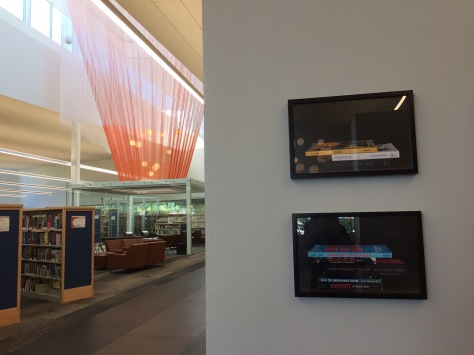
Kansas Cut-Up is the newest installment of Katchadourian’s “Sorted Books” series, which began over 20 years ago while she was pursuing her MFA at the University of California, San Diego. It was during this time that she began to hone her skills at creating art that focuses on the everyday and the close observation of the finer details of everyday objects and daily activity. Her work is made in common and sometimes unlikely spaces, such as libraries and commercial airplanes.
For her “Sorted Books” projects Katchadourian works in a particular book collection, culling books from a vast range of subjects and juxtaposing them sequentially so that their spines read like a short story, visual poem, or proverbial statement. This reveals the cross-sections of subjects contained in a specific book collection and also Katchadourian’s own commentary on these subjects inflected by her unique sense of humor.

Katchadourian subverts the normal function of the book by recasting them as objects to be arranged—not in alphabetical order by author, title or subject, but according to their proper place in the artist’s own narrative clusters. The clusters created by the artist behave not just as portraits of the library from which the books originate, but also as a portrait of the library’s owner. That person’s sensibilities, preferences, fixations, inclinations and fascinations are contained within the specific titles.
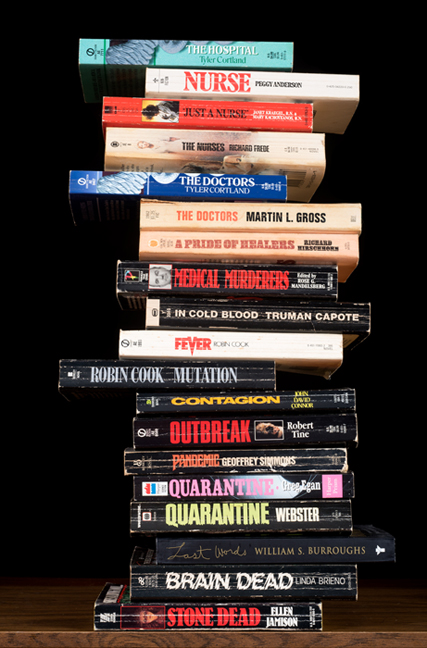
In the case of the 23 photographs on view at the southwest branch of the Louisville Free Public Library, all the books were culled from the personal library of the American writer William S. Burroughs. Katchadourian’s title for the series, Kansas Cut-Up, refers to Lawrence, Kansas, where Burroughs spent the last sixteen years of his life, as well as to the literary cut-up technique that Burroughs popularized in the 1960s. His approach to creating abstract narratives consisted of cutting up the linear text from newspapers, books and writings from himself and his friends and resequencing the material into new and often non-linear texts.
Burroughs was inspired by the work of the experimental multi-media artist Brion Gysin, who had himself rediscovered the potency of such collage techniques from the Dadaists, a group of European avant-garde artists and poets from the 1920’s who originated the use of appropriation techniques in art, music, and literature. As she manipulates the inherent features and characteristics of the book form, Katchadourian reveals her own personal literary collage practice, as well as providing insight into the interests and literary attractions of the complicated and compelling character of William S. Burroughs.

On October 1, 2015 Katchadourian gave a public talk at the Southwest Regional Library about the history of the “Sorted Books” series and provided further details on how the Burroughs project was conceived and implemented. After spending close to a week going through about fifty boxes of books, and a handful of bookshelves, she created 26 book clusters. Among the curiosities that occupied Burroughs, titles related to guns, medical thrillers, animals, and wildlife pervaded the collection. His obsession with cats was evident by the particularly large number of books he had on the subject.
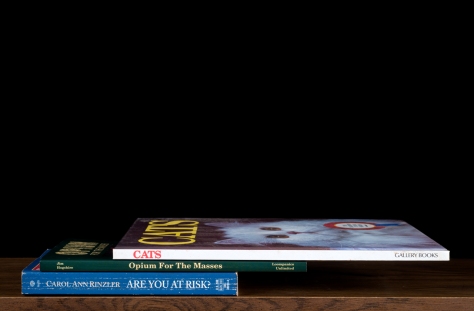
Nina Katchadourian: Kansas Cut-Up is on view at the Southwest Regional Library until November 8, located at 9725 Dixie Highway.

